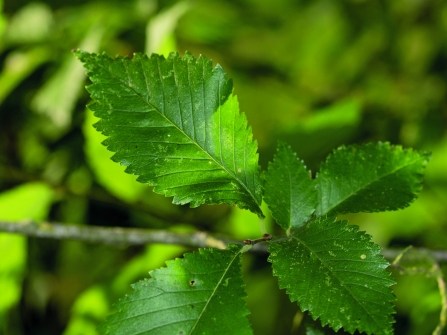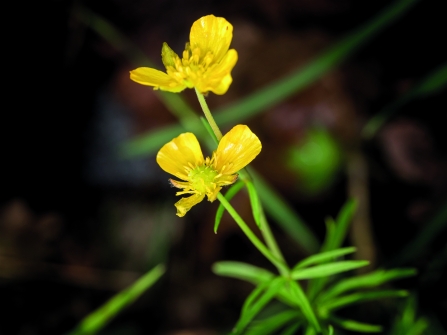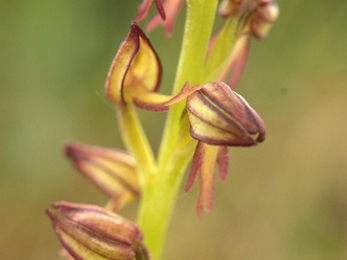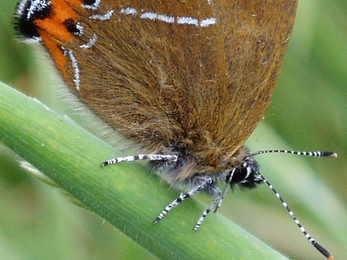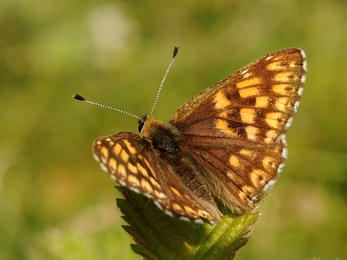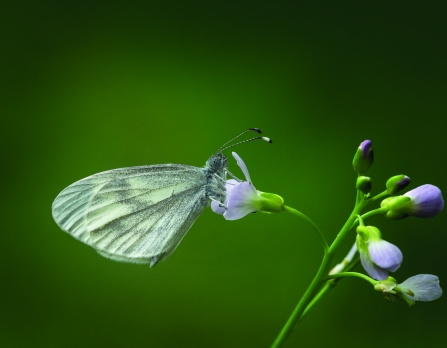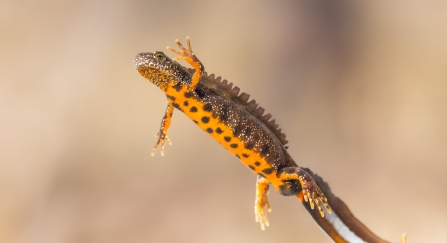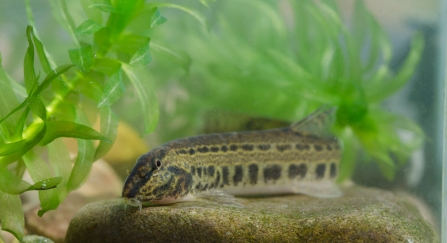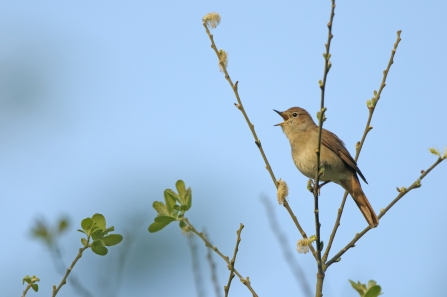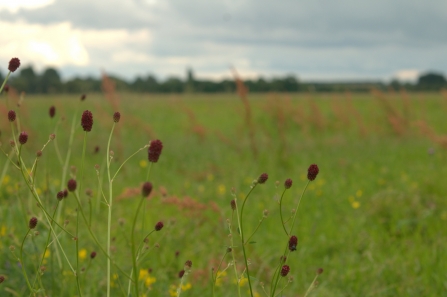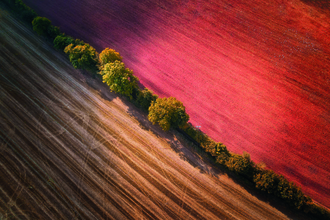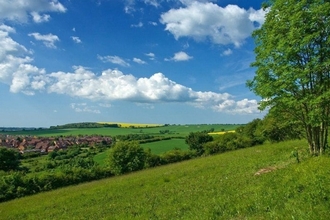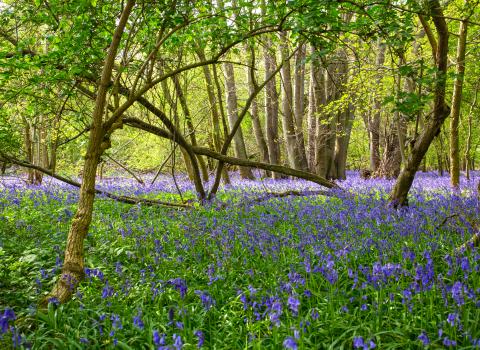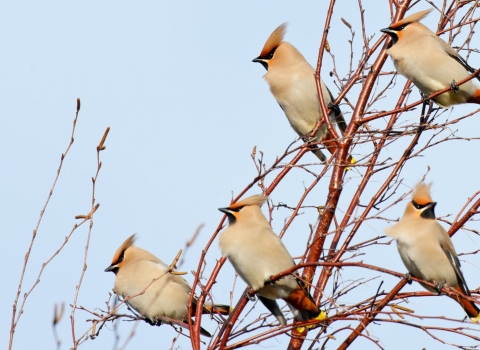When asked what British bird they would most like to see, American visitors often reply "blue tit" or "lapwing" rather than something we might call exotic, like a bittern.
It is easy to underestimate our own wildlife and achievements, and even more so if we don't shout about them.
So what is really special about our three counties? You live in a special place for wildlife, and here's proof.


